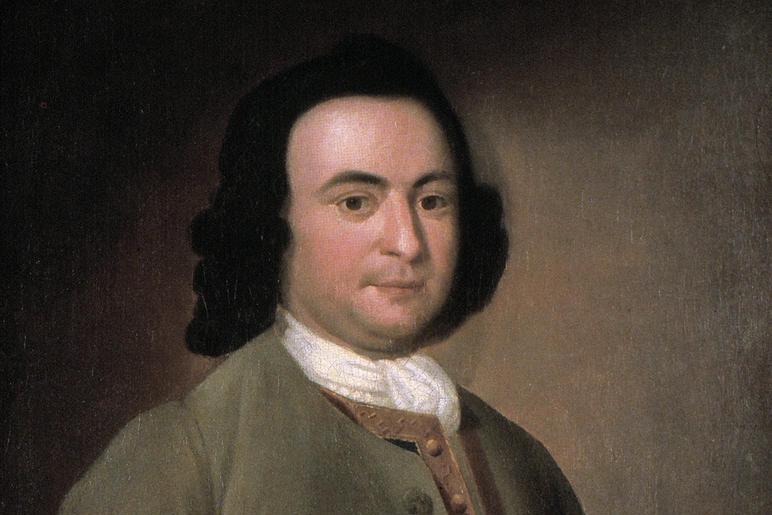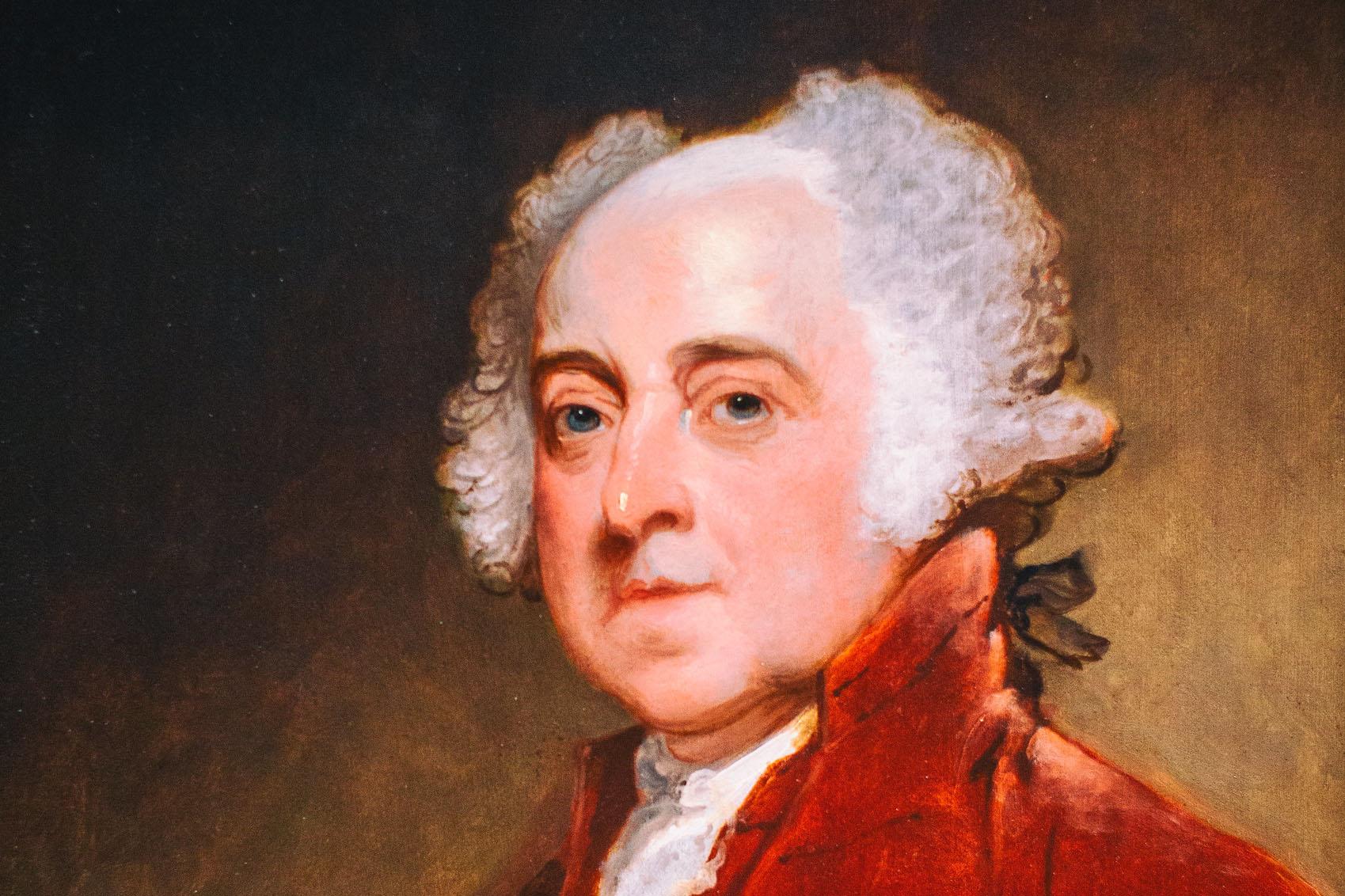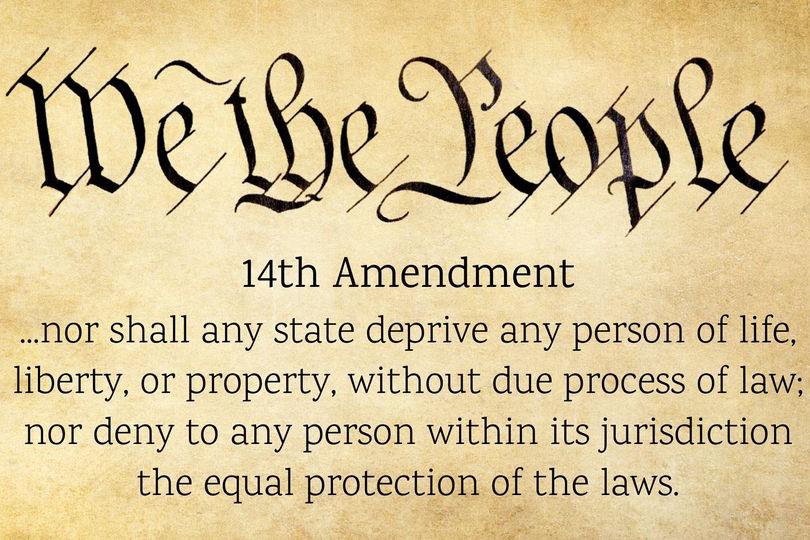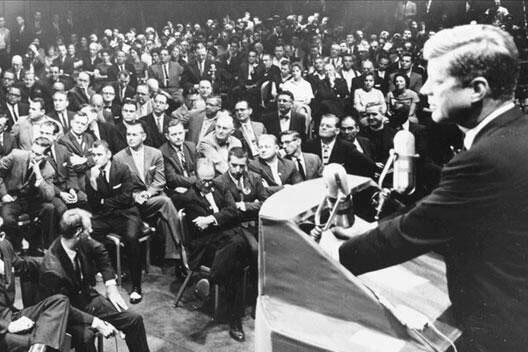Important Dates in Religious Freedom History
November 10, 1483
Martin Luther's Birthday
Martin Luther was a German professor of theology, composer, priest, monk and seminal figure in the Protestant Reformation. On October 31, 1517, Luther wrote to his bishop, Albrecht von Brandenburg, protesting the sale of indulgences. He enclosed in his letter a copy of his "Disputation of Martin Luther on the Power and Efficacy of Indulgences,” which came to be known as the 95 Theses.
Hans Hillerbrand writes that Luther had no intention of confronting the church, but saw his disputation as a scholarly objection to church practices, and that the tone of the writing is accordingly "searching, rather than doctrinaire.” Deliberately or not, Luther overturned many of the bedrock assumptions of Western culture, instigating a revolution in human freedom that continues to shape the modern world.
c. February 11, 1603
Roger Williams' Birthday
Roger Williams was a political and religious leader known as his strong stance on the separation of church and state and founding the colony of Rhode Island.
October 1, 1609
John Clarke’s Birthday
John Clarke was a physician, Baptist minister and co-founder of the Colony of Rhode Island and Providence Plantations. He authored the colony’s influential charter and was a leading advocate of religious freedom in the Americas.
October 14, 1644
William Penn’s Birthday
William Penn was leader and advocate of religious freedom who oversaw the founding of the American Commonwealth of Pennsylvania as a refuge for Quakers and other religious minorities of Europe.
April 21, 1649
The Maryland Toleration Act
The Maryland Toleration Act mandated religious tolerance for Trinitarian Christians. “No person or persons,” the document states, “shall from henceforth be any ways troubled molested or discountenanced for or in respect of his or her religion nor in the free exercise thereof."
July 1663
The Rhode Island Royal Charter Approval
The Rhode Island Royal Charter was sealed by King Charles II of England in July 1663. It outlined many freedoms including religious liberty for inhabitants of that colony and was the guiding document of Rhode Island over a period of 180 years.
October 30, 1735
John Adams' Birthday
John Adams was one of the Founding Fathers of the United States. He served as the first vice president (1789–1797) and as the second president of the United States (1797–1801). He was a lawyer, diplomat, leader of American independence from Great Britain and advocate for religious freedom.
April 13, 1743
Thomas Jefferson’s Birthday
Thomas Jefferson was an American Founding Father who was the principal author of the Declaration of Independence and later served as the third president of the United States, from 1801 to 1809. He drafted the law for religious freedom as a Virginia legislator. For nearly three years, he assisted with the constitution and was especially proud of his Bill for Establishing Religious Freedom, which forbade state support of religious institutions or enforcement of religious doctrine. The bill failed to pass, as did his legislation to disestablish the Anglican church, but both were later revived by James Madison.
March 16, 1751
James Madison's Birthday
James Madison is known as the Father of the Constitution for his pivotal role in drafting and promoting the United States Constitution and the Bill of Rights. He also advocated for religious freedom and, along with Thomas Jefferson, drafted the Virginia Statute for Religious Freedom, which guaranteed freedom of religion and disestablished the Church of England. The amendment was passed in 1786.
June 12, 1776
The First Declaration of Rights by George Mason
On June 12, 1776, the Virginia Convention, assembled in Williamsburg, unanimously adopts George Mason’s declaration of rights.
January 16, 1786
National Religious Freedom Day and the Virginia Statute for Religious Freedom
National Religious Freedom Day commemorates the Virginia General Assembly's adoption of the landmark Virginia Statute for Religious Freedom on January 16, 1786.
The statute is a statement about both freedom of conscience and the principle of separation of church and state. It was written by Thomas Jefferson.
December 15, 1791
First Amendment to the United States Constitution
The First Amendment to the United States Constitution was passed on December 15, 1791. This Amendment prevents the government from making laws in favor of one specific religion or abridging the right of free exercise of religion.
June 10, 1797
Treaty of Tripoli
The Treaty of Tripoli was signed by President John Adams on June 10, 1797. The treaty included the statement: "As the Government of the United States of America is not, in any sense, founded on the Christian religion; as it has in itself no character of enmity against the laws, religion, or tranquility, of Mussulmen [Muslims]; and as the said States never entered into any war or act of hostility against any Mahometan [Mohammedan] nation, it is declared by the parties that no pretext arising from religious opinions shall ever produce an interruption of the harmony existing between the countries."
January 1, 1802
Declaration of Separation Between Church and State by Thomas Jefferson
The phrase "separation between church and state" is generally traced to a January 1, 1802, letter by Thomas Jefferson. The letter was addressed to the Danbury Baptist Association in Connecticut and published in a Massachusetts newspaper.
Jefferson wrote: “Believing with you that religion is a matter which lies solely between Man & his God, that he owes account to none other for his faith or his worship, that the legitimate powers of government reach actions only, & not opinions, I contemplate with sovereign reverence that act of the whole American people which declared that their legislature should "make no law respecting an establishment of religion, or prohibiting the free exercise thereof," thus building a wall of separation between Church & State. Adhering to this expression of the supreme will of the nation in behalf of the rights of conscience, I shall see with sincere satisfaction the progress of those sentiments which tend to restore to man all his natural rights, convinced he has no natural right in opposition to his social duties.”
July 9, 1868
Fourteenth Amendment to the United States Constitution
The Fourteenth Amendment to the United States Constitution was adopted on July 9, 1868, arguably one of the most consequential amendments to this day that addresses citizenship rights including Religious Freedom. Historically this amendment was proposed in response to issues related to former slaves following American Civil War.
September 12, 1960
Kennedy’s Landmark Speech on Religion
John F. Kennedy, the 35th President of the United States, gave a strong speech on September 12, 1960 that addressed the "religious issue" -- that is, how a president would navigate church and state relations while in office.
November 12, 1993
Religious Freedom Restoration Act
The Religious Freedom Restoration Act is a United States federal law that passed in 1993. It protects interests in religious freedom in the United States.
October 27, 1998
International Religious Freedom Act of 1998
The International Religious Freedom Act of 1998 was passed to promote religious freedom as a foreign policy of the United States, to promote greater religious freedom in countries which engage in or tolerate violations of religious freedom, and to advocate on the behalf of individuals persecuted for their religious beliefs and activities in foreign countries. The Act was signed into law by President Bill Clinton on October 27, 1998.



















